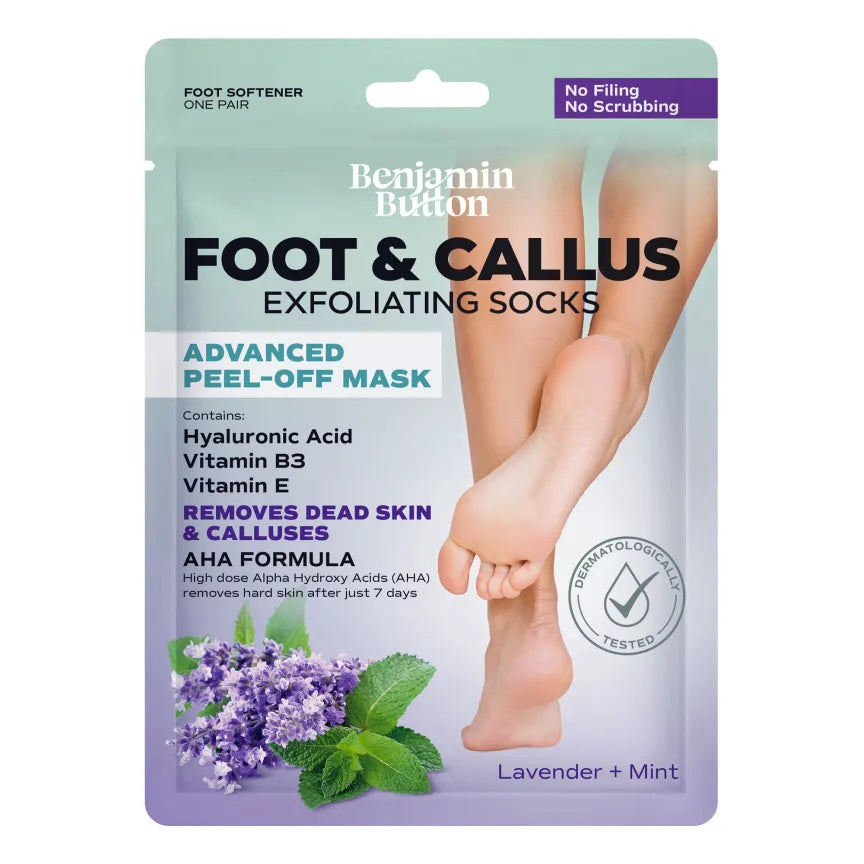Exploring the 100 Most Terrifying Horror Movies Ever Made
When it comes to horror films, the genre stands as a powerful testament to storytelling and the human experience of fear. Horror movies allow us to confront our deepest anxieties through the lens of thrilling entertainment. The most terrifying films often transport us to dark places where we grapple with themes of mortality, the supernatural, or the psychological workings of the mind. Below, we’ll delve into a selection of some of the most spine-chilling horror films ever made, highlighting their unique qualities and why they continue to resonate with audiences today.The Birth of Horror Cinema
The roots of horror can be traced back to the early 20th century when silent films played with the idea of fear through visual storytelling. Films like "The Cabinet of Dr. Caligari" and "Nosferatu" set the stage for the horror genre, establishing tropes that would be revisited for decades.- Nosferatu (1922) - A silent film that introduced the iconic vampire Count Orlok, creating an immortal dread that influenced future vampire tales.
- The Cabinet of Dr. Caligari (1920) - This film’s expressionistic style and twisted narrative made it a cornerstone of psychological horror.
The Evolution of Fear in Cinema
The late 1960s and 1970s marked a transformative era for horror films. Directors began to push boundaries, crafting narratives that blended societal issues with horrific elements.- Night of the Living Dead (1968) - This film not only revolutionised zombie cinema but also served as a critique of contemporary societal issues.
- The Exorcist (1973) - Known for its shocking visuals and disturbing themes, it brought the idea of demonic possession into mainstream awareness.
- Halloween (1978) - This slasher film set the template for the genre, introducing an unrelenting killer and the concept of the “final girl”.
Modern Horror: A New Age of Fear
The 21st century has seen a resurgence in horror films that blend innovation and emotion, often targeting psychological fears which resonate deeply with contemporary audiences.- Get Out (2017) - This socially conscious thriller examines race relations while maintaining a high level of suspense and tension.
- The Witch (2015) - Set in 1630s New England, its slow build-up and atmosphere create an unsettling backdrop, showcasing the terror of religious paranoia.
- Hereditary (2018) - This film explores family trauma and grief, designed to burrow into the viewer's psyche with its raw emotional impact.
The Element of Sound and Music
A crucial component in the crafting of horror films is sound design and musical scores. The right auditory cues can elevate tension and evoke feelings of dread.- Jaws (1975) - John Williams’ iconic score is synonymous with impending danger, instilling a primal fear of the unknown lurking beneath the surface.
- A Nightmare on Elm Street (1984) - The haunting dream sequences and sound effects added layers to Freddie Krueger’s terrifying character.
- It Follows (2014) - The score uses unsettling sounds to create an atmosphere where the sense of dread is palpable throughout the film.
Iconic Monsters and Villains
A memorable horror film often features an iconic monster or villain that leaves a lasting impression. These characters are often reflections of society's fears.- Dracula - From Bram Stoker’s novel to countless films, Dracula represents the fear of the unknown and the allure of forbidden desires.
- Michael Myers - A silent, masked figure that embodies the unstoppable force of evil, triggering primal fears regarding personal safety.
- Freddy Krueger - The master of nightmares, he encapsulates the terror that lurks in our subconscious, twisting reality within dreams.
Final Thoughts on Horror’s Enduring Legacy
Horror films provide more than just a medium for fear; they encapsulate cultural anxieties, explore the human psyche, and provoke conversations that may be uncomfortable but necessary. From early silent films to modern masterpieces, the genre continues to captivate and terrify us. As we traverse through the bond between fear and film, the horror genre proves to be an ever-evolving canvas reflecting our deepest fears and secrets. The blend of masterful storytelling, auditory manipulation, and iconic characters creates an experience that resonates even beyond the screen. Whether it’s an unexpected jump scare, a chilling atmosphere, or evocative dialogue, the best horror films remind us of the thrilling power of fear and its ability to connect us in shared experiences. In the end, as we explore the vast landscape of horror, it remains clear that these films hold a mirror to our human condition, evolving and adapting as society itself does, ensuring their lasting legacy in the world of cinema.As we continue to navigate the intricacies of fear through film, the exploration of horror movies not only excites and entertains but also compels us to reflect on what truly terrifies us. The potent combination of atmosphere, character, storytelling, and sound ensure that horror remains a genre capable of captivating and horrifying audiences for generations to come.






















